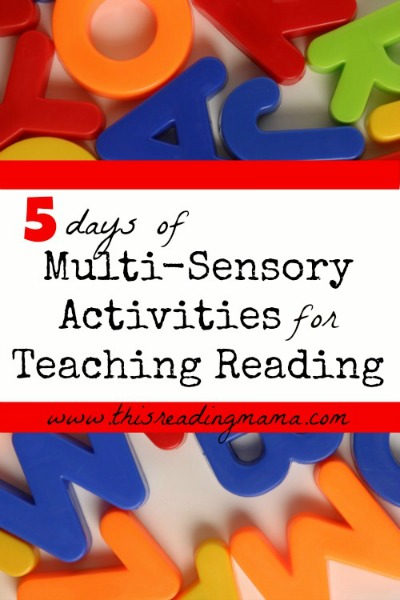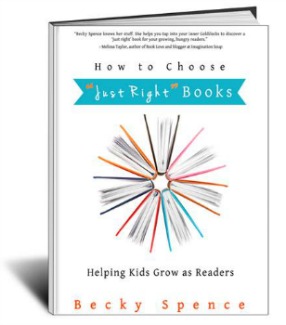This post may contain affiliate links. To read more about this, please see my disclosure policy.
I’m honored to join many other amazing bloggers from iHomeschool Network this week as we all post 5-day series. This week, my topic is Multi-Sensory Activities for Teaching Reading! I hope you’ll follow along as I think you’ll LOVE the ideas shared each day.
What is Multi-Sensory Teaching?
Simply put, multi-sensory teaching is teaching that is done in such a manner that it appeals to the fives senses. Instead of just telling someone about an avocado, we let them touch it, smell it, taste it, etc. The concept was borne out of Dr. Samuel Orton and Dr. Anna Gillingham’s work with special needs students in the 1930’s. This teaching method is now known as the Orton-Gillingham method or multi-sensory teaching.
Who Benefits from Multi-Sensory Teaching?
“The benefits of involving more than one sense during instruction is not limited to those with pronounced learning disabilities. Multi-sensory teaching is effective for all learners.” {The Struggling Reader-Phonics Instruction Activities book, pg. 2} Even adults learn best when taught in a multi-sensory way. When we have more senses to connect new information to, we can remember things better.
Struggling readers {and learners}, especially those with special needs, may be very weak in one particular area {for example: auditory}. Marianne Sunderland also says in her book Dyslexia 101, “Research has shown that dyslexics using all of their senses as they learn…are better able to store and retrieve information. Using as many of [them] as possible at once (simultaneously) is best.” {pg. 30} In other words, if we “hit them” with strategies and activities that incorporate all of the senses, they have some way to “file” the new information that makes sense to them.
As a side note: Most people are strong in one specific area. For example, you might have heard someone say they are a visual learner. And while it is important to help kids learn through their strengths, we also need to come at them with all the modalities of learning to help them strengthen their weaker areas. This is especially true with struggling readers. {I’m loosely quoting Kristen of The Struggling Reader.}
Here are the topics* and links from this series:
- Day 1: Kinesthetic Activities for Teaching Reading
- Day 2: Auditory Activities for Teaching Reading
- Day 3: Visual Activities for Teaching Reading
- Day 4: Tasty and “Smelly” Activities for Teaching Reading
- Day 5: Multi-Sensory Teaching for Struggling Readers {Testimonials}
*While I’m going to post most of the multi-sensory reading activities separately, many of these activities incorporate more than one of the senses; which is a great thing. The more you can integrate them, the better.
Additional Struggling Reader Resources:
$7.99Add to cart
- Choosing “Just Right” Books (written with struggling readers in mind)
- All About Reading: You can read my review here.
- Google+ Hangout for Struggling and Reluctant Readers
- How to Plan for a Reluctant Reader
- 10 Things Struggling Readers Need
- I also have several Pinterest Boards dedicated to reading that may be of interest. They have many multi-sensory activities included there, too: ABC Goodies, Sight Words, Comprehension Strategies, and one dedicated to Struggling Readers
~Becky

Looking forward to the series! I just got back from a homeschool convention and got I am all excited about mulch-sensory teaching. So I look forward to “hearing” more ideas and examples!Off to enter the giveaway 🙂
Thank you for providing reliable information, tips, and resources for helping struggling readers! I have been a reader since 2010.